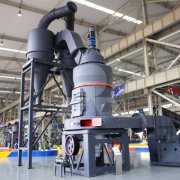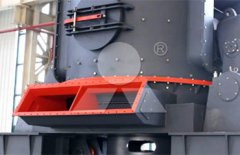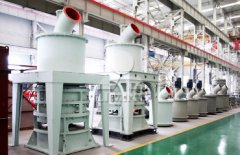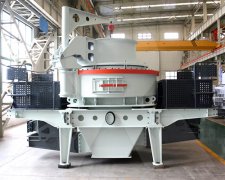Achieving Desired Output Feed with Raymond Mills
Raymond mills offer efficient grinding solutions for various industries, providing reliable performance and precise control over the output feed size. Understanding how Raymond mills influence the output feed is essential for optimizing productivity and product quality.
The output feed of a Raymond mill refers to the particle size distribution of the ground material discharged from the mill. Several factors affect the output feed, including the grinder design, operating parameters, and material properties.
The design of Raymond mills ensures efficient and uniform grinding. The mill consists of a grinding chamber, a rotating blade, and a classification system. The material enters the grinding chamber, where the rotating blade applies pressure and shear to grind the particles. The classification system separates particles of different sizes, ensuring the desired output feed.
Operating parameters play a crucial role in achieving the desired output feed. Key parameters include the grinding time, rotational speed of the blade, air flow rate, and classifier settings. Adjusting these parameters allows operators to control the fineness and distribution of the output feed.
Material properties, such as hardness, moisture content, and size distribution, also impact the output feed of a Raymond mill. Harder materials require more grinding time and higher rotational speeds to achieve the desired fineness. Moisture content affects the flow of the material, while the initial particle size influences the required grinding time.
To maximize the output feed and overall efficiency of Raymond mills, operators should consider several strategies. Regular maintenance and inspection of the mill ensure proper functioning and minimize the risk of downtime. Proper selection of grinding parameters based on the material properties and desired output feed size is also crucial.
Advanced control and monitoring systems facilitate precise control over the output feed. Real-time monitoring of key parameters allows operators to adjust the mill settings and address deviations promptly. These systems also enable the collection of data for analysis, contributing to process optimization and improved productivity.
In conclusion, achieving the desired output feed with Raymond mills requires careful consideration of design, operating parameters, and material properties. By optimizing these factors, operators can achieve the desired particle size distribution, enhance productivity, and ensure high-quality output feed for various industries.




